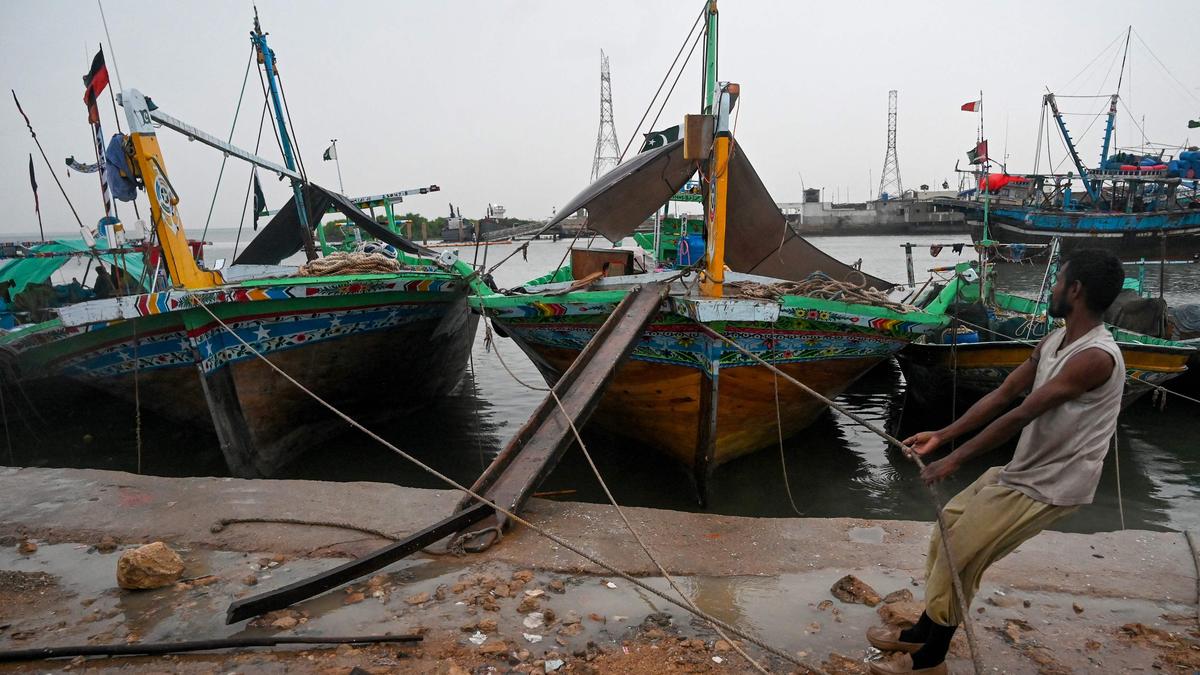Heavy monsoon rains continue to plague Pakistan, with the latest tragedy being a devastating mudslide in Upper Dir, Khyber Pakhtunkhwa. The mudslide, which occurred overnight on August 30, 2024, resulted in the tragic loss of 12 lives, the majority of whom were children. This event underscores the urgent need for disaster preparedness measures and raises concerns about the increasing severity of climate change’s impact on the region.
Devastating Mudslide Claims 12 Lives in Upper Dir
The mudslide, triggered by torrential monsoon rains, struck a house in a remote area of Upper Dir, a region bordering Afghanistan. The aftermath of the tragedy saw rescuers recovering the bodies of nine children, two women, and a man. The scale of the disaster, particularly the high number of child victims, highlights the vulnerability of remote communities to the devastating effects of climate change.
Impact of Climate Change and Urgent Need for Preparedness
The devastating mudslide in Upper Dir is a stark reminder of the urgent need for disaster preparedness measures in Pakistan, particularly in regions susceptible to monsoon-related hazards. Climate change is increasingly driving heavier rainfall and causing more frequent and intense natural disasters, including landslides, floods, and droughts. This makes it imperative for governments and communities to implement proactive strategies to mitigate risks and enhance resilience to the impacts of these events.
Heavy Rainfall Triggering Widespread Disaster Across Pakistan
Since the onset of the monsoon season in July, Pakistan has been grappling with relentless downpours. These heavy rains have caused significant damage and loss of life across the country, with over 275 reported deaths from rain-related incidents. This trend, unfortunately, is expected to continue as the monsoon season reaches its peak.
Historic Monsoon Rains and Their Consequences
The past few years have seen a marked increase in the intensity of monsoon rains in Pakistan. The 2022 monsoon, for instance, led to unprecedented flooding that inundated one-third of the country, resulting in a tragic death toll of 1,739 people. This extreme weather event demonstrated the destructive potential of heavy monsoon rains and the devastating consequences they can have on vulnerable communities.
Government Warnings and Response
Authorities in Pakistan have issued warnings about the potential for landslides and flash floods in various parts of the country, urging residents to exercise caution. These warnings underscore the growing threat posed by heavy rains and emphasize the importance of preparedness and mitigation measures. While the government is actively responding to the ongoing disaster, more resources and effective strategies are needed to address the growing vulnerability to these events.
International Assistance and Collaboration
The devastating impact of recent floods and mudslides in Pakistan has prompted a global response. International organizations and countries are providing assistance and collaborating with Pakistani authorities in disaster relief efforts. These efforts are crucial in providing immediate relief to affected communities and rebuilding infrastructure.
The Urgent Need for Adaptation and Mitigation
The relentless impact of climate change, particularly in the form of heavy monsoon rains, calls for a holistic approach to address the vulnerability of Pakistan. Effective adaptation and mitigation strategies are crucial for minimizing the risks of future disasters. This includes:
- Strengthening early warning systems: Accurate and timely alerts about impending weather events are crucial for minimizing loss of life and damage.
- Investing in infrastructure: Upgrading and strengthening critical infrastructure such as roads, bridges, and water management systems can enhance resilience to extreme weather.
- Developing disaster preparedness plans: Communities should be trained and equipped to respond effectively to floods, landslides, and other disasters.
- Promoting sustainable land management practices: Deforestation, soil erosion, and poor land use contribute to the risk of landslides and floods.
Takeaway Points
- Heavy monsoon rains continue to cause significant damage and loss of life in Pakistan.
- Climate change is driving more intense and frequent rainfall events.
- Disaster preparedness and mitigation strategies are essential to minimize the impact of these events.
- International cooperation is vital in providing assistance and support to Pakistan.
- Sustainable development and environmental management are critical for reducing the risks of climate-related disasters.




